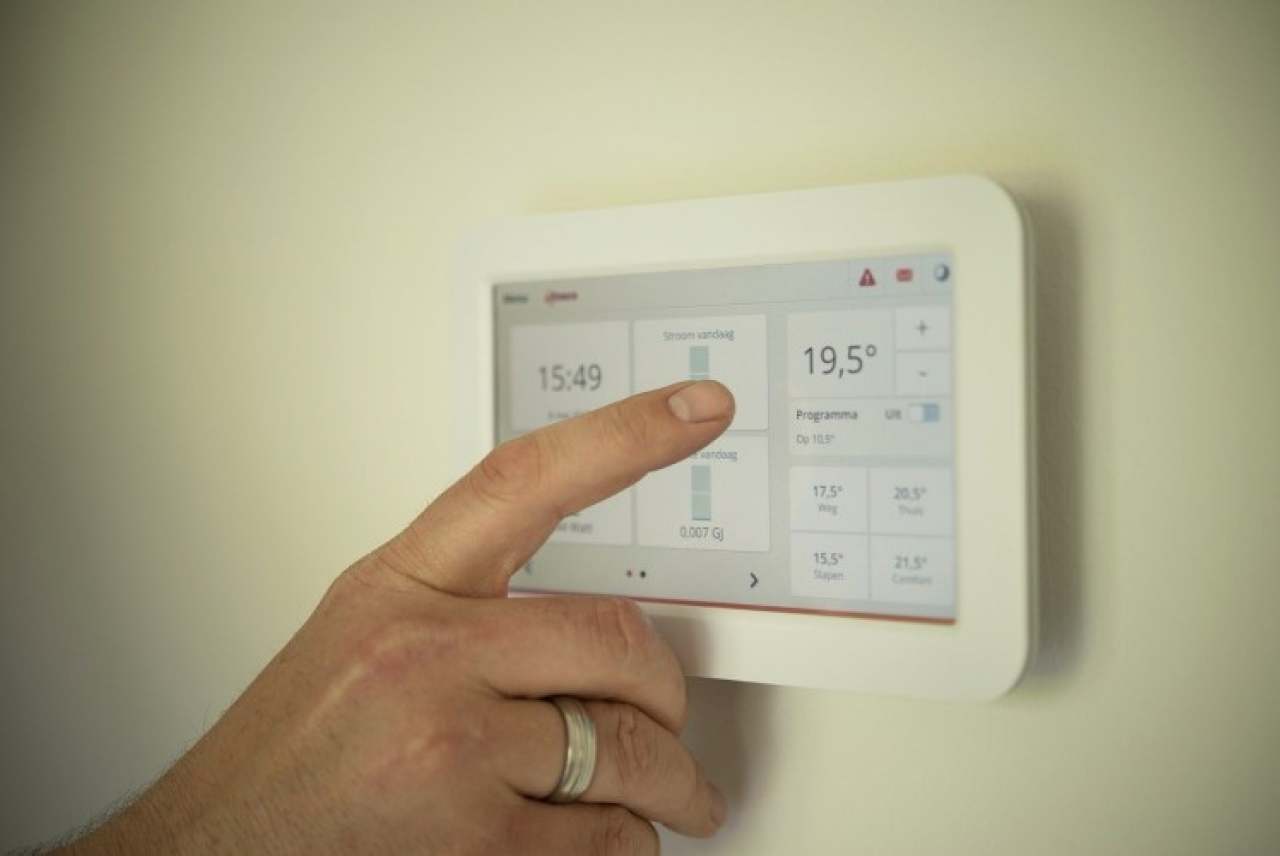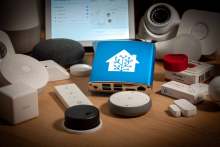Around the country, people are relying on ‘smart room thermostats’ to regulate their home environments. But what is a smart thermostat, and will it save you money and help reduce your carbon footprint whilst keeping your home comfortable?
What is a smart room thermostat?
At its core, a smart room thermostat is any thermostat device which goes beyond the functionality of a traditional, manual (set to one temperature), or programmable thermostat (set to different temperatures at different times). Common brands include Tado, Drayton, Nest, and Hive, with many of them being possible to install yourself as a like-for-like replacement to your existing heating controls. However, to make sure it is all installed correctly, it might be worth using a qualified electrician.
In practical terms, a smart thermostat may be able to tell whether you are at home and adjust your heating. It may allow you to control your heating remotely from your smartphone.
Some thermostats may also use ‘learning’ technology to identify patterns in your heating requirements and make automatic adjustments – something which is not always accurate! And it might support ‘zoning’ different temperatures in different parts of your home, something particularly beneficial in larger houses.
Studies have shown that using and understanding a smart thermostat over traditional thermostats can lead to major reductions in heating energy use, often more than 10%. With heating,and particularly gas heating, contributing significantly to home carbon emissions this is a major selling point.







